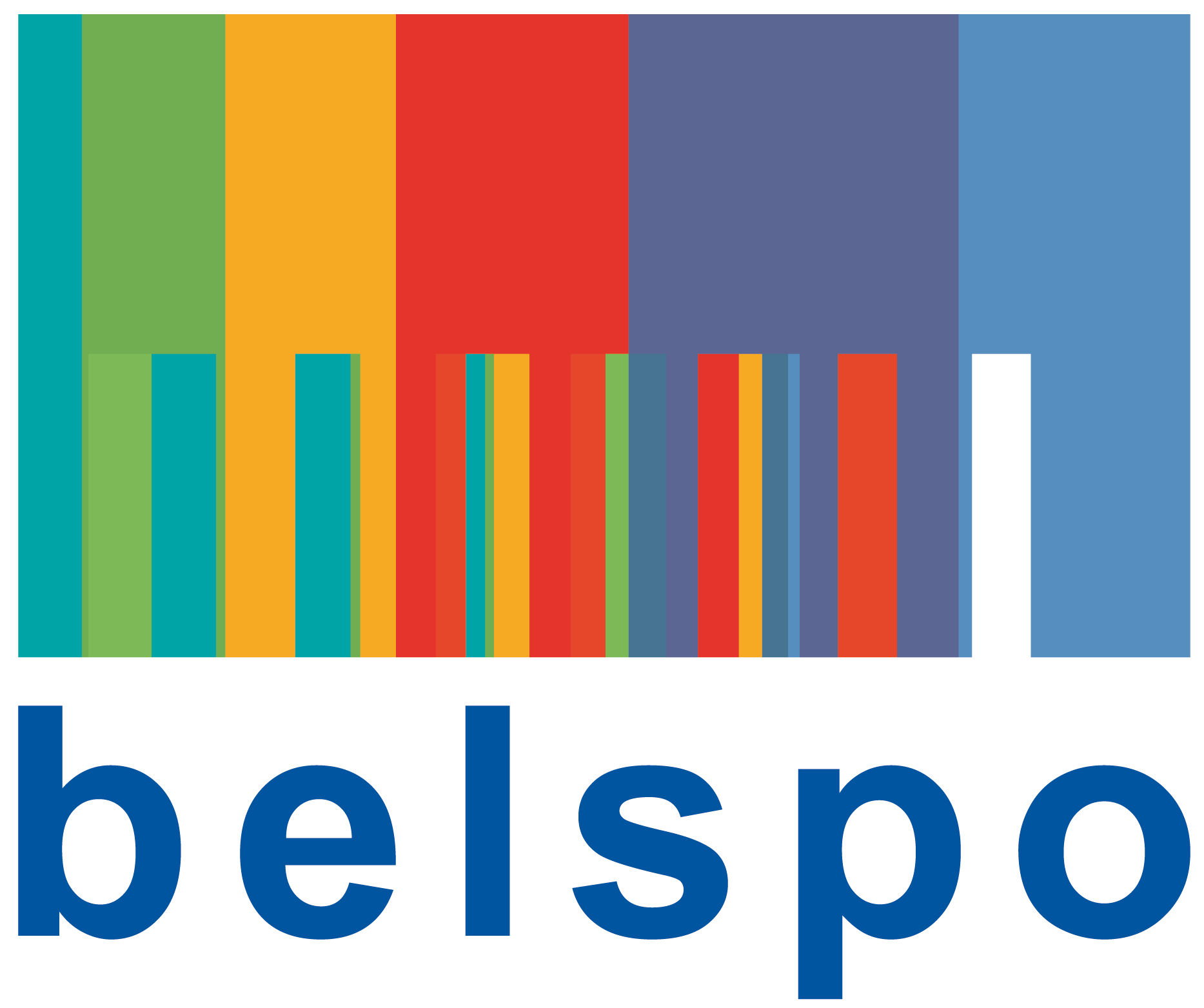Sciensano and UCLouvain developed a new measuring instrument to map social deprivation in the country's residential neighborhoods. The innovative thing about this “Belgian Index of Multiple Deprivation” is that it brings together different aspects of deprivation and thus provides a much clearer view of the global situation in each neighborhood. This makes a robust instrument available for the fight against health inequality.
What is deprivation?
Deprivation refers to the deficiency or absence of something essential for healthy and normal development and functioning. Deprivation has many faces. Materially, it manifests itself, for example, in a shortage of certain goods, services, resources, or a deficiency in the living environment. It can also be on a social level, for example with a lack of social interaction and connection with others, or the consequences of (not) belonging to a certain group in society. Deprivation therefore refers to the lack of something that is essential for human well-being.
Measuring better means knowing better
Education, occupation and income are often used as indicators to measure socio-economic deprivation. They are easy to measure, but they also have some limitations. In this way, they offer a rather limited perspective, while socio-economic deprivation is a complex interplay of different aspects. Researchers from Sciensano and UCLouvain developed a solution for this with the Belgian Index of Multiple Deprivation (BIMD).
“The BIMD combines, through a specific scientific method, the 6 main areas of deprivation: education, employment, income, housing, crime and health,” explains Martina Otavova, demographer at UCLouvain. “We measure the situation in each domain based on indicators that refer to unmet material and social needs. To do this, we only use sources with data on the entire population, such as the Belgian census, so that we can show the situation for every place in our country.”
In concrete terms, a BIMD score is calculated for each statistical sector, the smallest administrative level in Belgium. Afterwards, the statistical sectors are ranked from most to least disadvantaged. In other words, the BIMD is a relative measure of deprivation. “Our results show that in 2011, the most recent year for which the BIMD could be calculated, the municipalities of Sint-Joost-Ten-Noode, Charleroi and Colfontaine had the highest percentage of deprived areas,” Otavova continues. “In contrast, the municipalities of Holsbeek, Hove and Aartselaar topped the list as the least disadvantaged Belgian municipalities.”
A robust tool for the fight against health inequalities
The BIMD offers researchers and policymakers a new and robust instrument to study inequalities in Belgium. By linking the level of deprivation to health data, we can, for example, use the instrument to examine the link between deprivation and death or disease across the country. “In the calculations we did with the BIMD 2011 as a background, we saw, for example, that those living in the most deprived areas were twice as likely to die prematurely (= before the age of 75), compared to those in the least disadvantaged areas,” explains Brecht Devleesschauwer, epidemiologist at Sciensano. “Given the great potential of this new tool, we aim to update it annually and use it to monitor health inequalities in Belgium,” concludes Devleesschauwer.
Explore BIMD
Explore the BIMD via our interactive visualization tool: https://bimd.sciensano.be/tool


